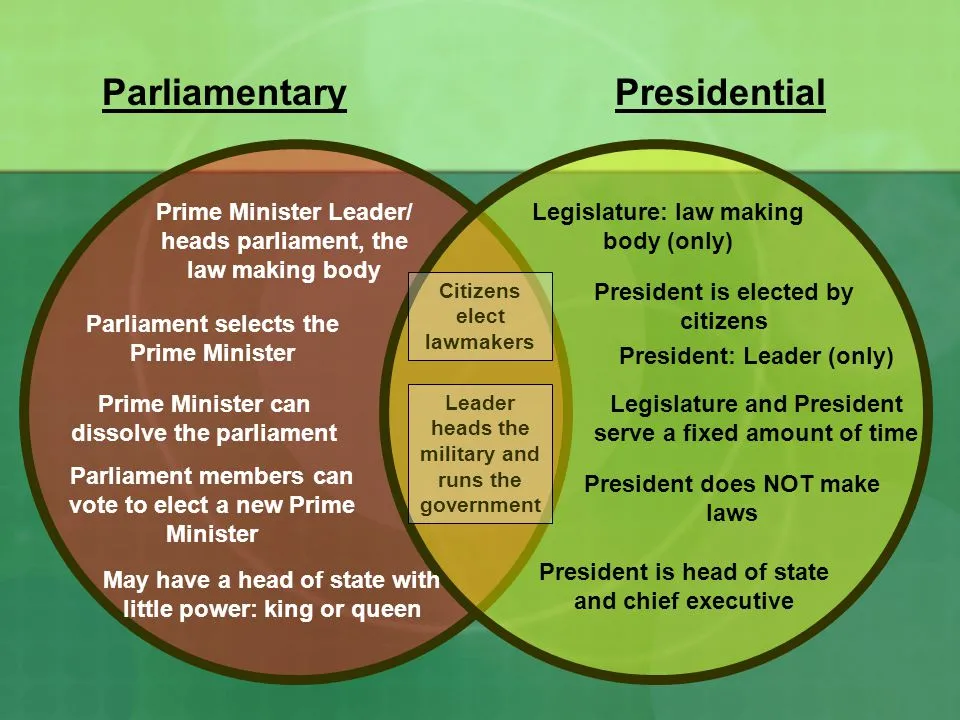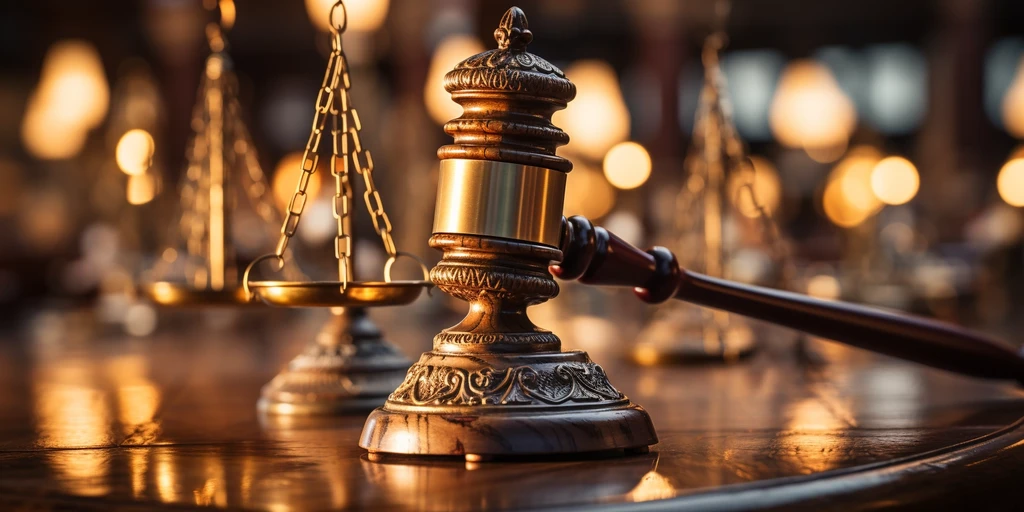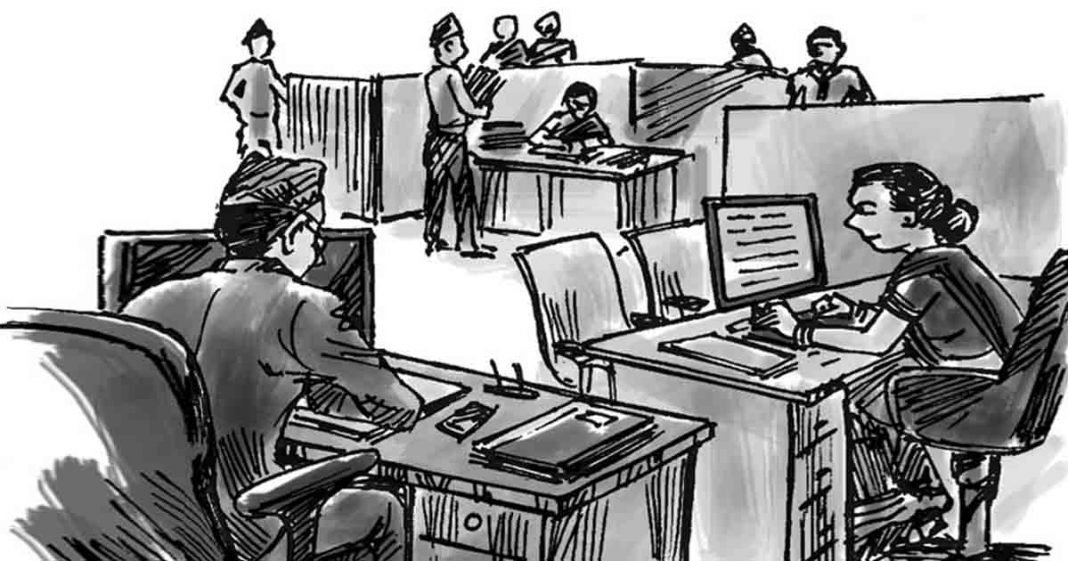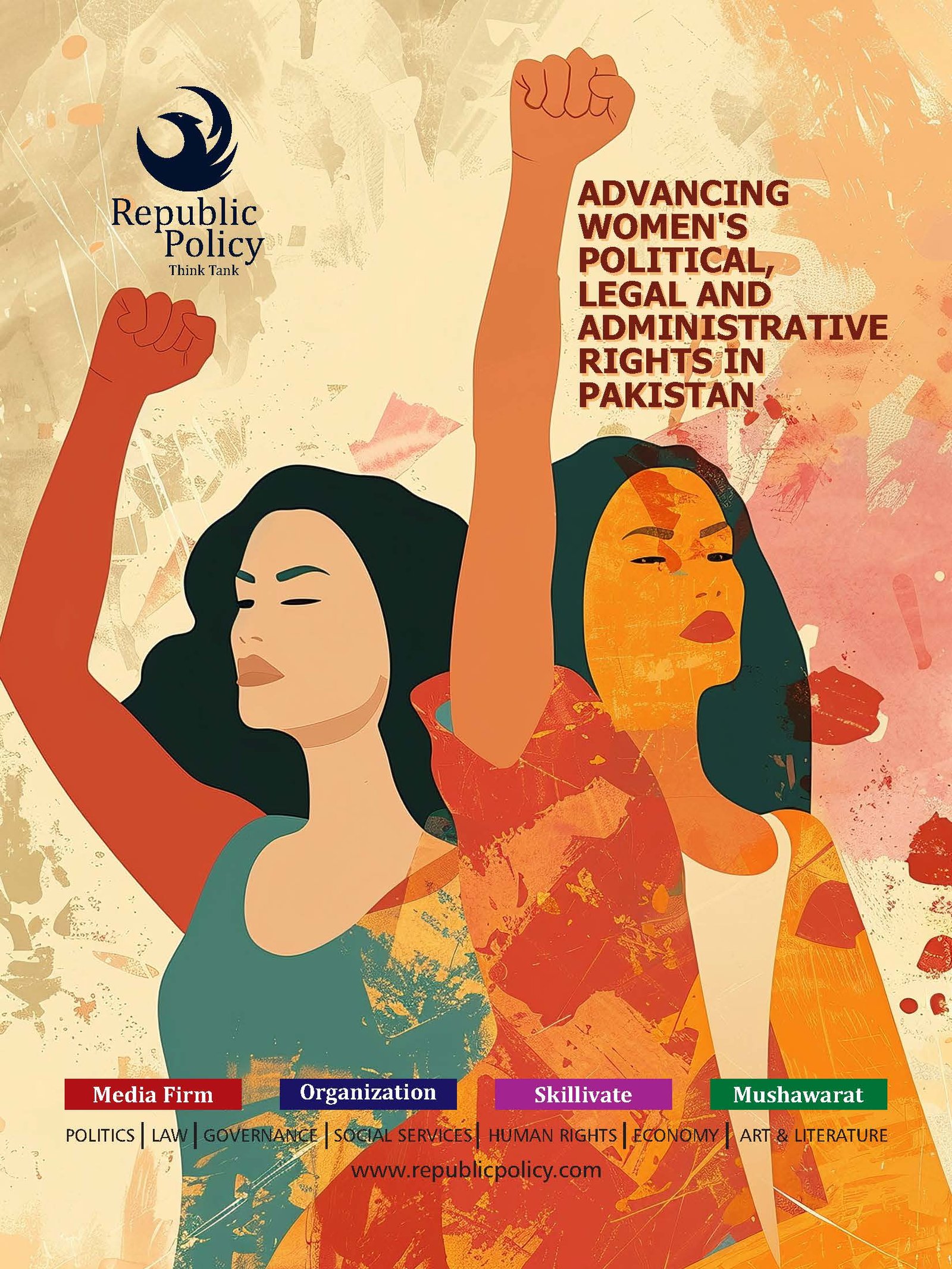Hafeez Ahmed Khan
A federation is a form of government in which power is divided between a central authority and constituent units, such as states or provinces. There are different ways of organizing the relationship between the central authority and the constituent units, and one of them is the choice between a presidential and a parliamentary system of governance. In this essay, I will critically evaluate the main dimensions of difference between these two systems and their implications for a federation.
One of the main dimensions of difference between a presidential and a parliamentary system is the separation of powers between the executive, the legislative, and the judicial branches of government. In a presidential system, the executive branch is headed by a president who is directly elected by the people or by an electoral college. The president serves as both the head of state and the head of government and has a fixed term of office. The president appoints cabinet members, who are not required to be members of the legislature. The president also has the power to veto bills passed by the legislature, subject to override by a supermajority vote. The president cannot dissolve the legislature or call for early elections. The legislature is usually bicameral, with two chambers that represent different constituencies or interests. The judiciary is independent of both the executive and the legislative branches and has the power to review the constitutionality of laws and executive actions. Examples of countries that have a presidential system are the United States, Brazil, and Nigeria.
In contrast, in a parliamentary system, the executive branch is derived from and accountable to the legislative branch. The head of state is usually a ceremonial figurehead, such as a monarch or a president, who has little or no executive power. The head of government is usually a prime minister, who is chosen by the majority party or coalition in the legislature. The prime minister appoints the cabinet members, who are also members of the legislature. The prime minister and the cabinet are collectively responsible to the legislature and can be removed by a vote of no confidence or censure. The prime minister can also dissolve the legislature and call for early elections, subject to constitutional or statutory limitations. The legislature is usually unicameral or weakly bicameral, with one chamber that dominates the legislative process. The judiciary is independent of both the executive and the legislative branches but may have less power to review their actions than in a presidential system. Examples of countries that have a parliamentary system are Canada, India, and Japan.
Another dimension of difference between a presidential and a parliamentary system is the degree of representation and participation of different groups and interests in the political process. In a presidential system, there is usually a single nationwide election for the president, which tends to favour candidates with broad appeal and resources. The president represents the whole country and acts as a symbol of national unity. However, this may also create a winner-take-all situation, where minority groups or regions may feel excluded or marginalized by the majority. Moreover, there may be less incentive for political parties to cooperate or compromise with each other as they compete for executive power rather than legislative seats. This may lead to polarization and gridlock in policymaking.
In contrast, in a parliamentary system, there are usually multiple elections for different levels of government, which tend to favour candidates with local support and connections. The prime minister represents the majority party or coalition in the legislature, which reflects the diversity and plurality of opinions in society. However, this may also create a fragmented or unstable situation where small parties or factions may have disproportionate influence or veto power over policy decisions. Moreover, there may be less accountability or transparency for political leaders, as they are not directly elected by the people but by their peers in parliament. This may lead to corruption or nepotism in governance.
A third dimension of difference between a presidential and a parliamentary system is the adaptability and responsiveness of government to changing circumstances and demands. In a presidential system, there is usually a fixed term of office for the president, which provides stability and continuity for government policies and programs. The president can also act decisively and independently in times of crisis or emergency without having to consult or seek approval from the legislature. However, this may also create rigidity and inertia for government actions, as it may be difficult to change or remove an unpopular or ineffective president before his or her term expires.
Moreover, there may be less responsiveness or flexibility for government policies to adjust to changing public preferences or needs.
In contrast, in a parliamentary system, there is usually no fixed term of office for the prime minister, which provides flexibility and dynamism for government policies and programs. The prime minister can also respond quickly and effectively to changing situations or challenges, as he or she has the support and confidence of the majority in parliament. However, this may also create instability and uncertainty for government actions, as it may be easy to topple or replace an unpopular or ineffective prime minister before his or her term ends. Moreover, there may be less consistency or coherence for government policies to follow a clear or long-term vision.
Consequently, a presidential and a parliamentary system of governance have different advantages and disadvantages for a federation. The choice between these two systems depends on various factors, such as the historical, cultural, and social context of the country, the size and diversity of the population and territory, the level and quality of democratic development and institutions, and the preferences and expectations of the people. There is no one-size-fits-all solution for the best form of government for a federation, as each system has its own strengths and weaknesses. Therefore, it is important to evaluate the merits and drawbacks of each system in relation to the specific needs and goals of each federation.
Which form of governance is better suited to Pakistan? This is a complex and controversial question that has no definitive answer. However, I will provide some arguments for and against each form of governance. A presidential system of governance is a form of government in which the executive branch is headed by a directly elected president, who serves as both the head of state and the head of government. The president has a fixed term of office and has the power to appoint the cabinet, veto bills, and act independently in times of crisis. A presidential system may have some advantages for Pakistan, such as:
It may provide stability and continuity for government policies and programs, as the president cannot be easily removed or replaced before his or her term expires. This may reduce political uncertainty and instability, which have been frequent problems in Pakistan’s history.
It may enhance accountability and transparency for political leaders, as they are directly elected by the people and have to face public scrutiny and criticism. This may reduce corruption and nepotism, which have been endemic issues in Pakistan’s governance.
It may foster national unity and identity, as the president represents the whole country and acts as a symbol of national sovereignty and dignity. This may help to overcome regional, ethnic, or sectarian divisions, which have been sources of conflict and violence in Pakistan’s society.
However, a presidential system may also have some disadvantages for Pakistan, such as:
It may create a winner-take-all situation where minority groups or regions may feel excluded or marginalized by the majority. This may undermine the federal principle and the autonomy of the provinces, which are essential for accommodating the diversity and plurality of Pakistan’s population.
It may increase polarization and gridlock in policymaking, as the president and the legislature may belong to different parties or coalitions that compete for executive power rather than cooperate or compromise. This may hamper effective governance and service delivery, which are crucial for addressing the economic and social challenges facing Pakistan.
It may create rigidity and inertia for government actions, as it may be difficult to change or remove an unpopular or ineffective president before his or her term expires. This may limit responsiveness or flexibility for government policies to adjust to changing public preferences or needs.
A parliamentary system of governance is a form of government in which the executive branch is derived from and accountable to the legislative branch. The head of state is usually a ceremonial figurehead, while the head of government is usually a prime minister, who is chosen by the majority party or coalition in parliament. The prime minister appoints the cabinet, who are also members of parliament. The prime minister and the cabinet are collectively responsible to parliament and can be removed by a vote of no confidence or censure. A parliamentary system may have some advantages for Pakistan, such as:
It may provide flexibility and dynamism for government policies and programs, as there is no fixed term of office for the prime minister, who can be easily toppled or replaced by parliament. This may increase responsiveness or adaptability for government policies to adjust to changing situations or challenges.
It may enhance the representation and participation of different groups and interests in the political process, as there are multiple elections for different levels of government, which tend to favour candidates with local support and connections. The prime minister represents the majority party or coalition in parliament, which reflects the diversity and plurality of opinions in society.
It may foster cooperation and compromise among political parties or factions, as they have to work together to form a stable government or opposition in parliament. This may facilitate effective governance and service delivery, which are vital for improving the economic and social conditions of Pakistan.
However, a parliamentary system may also have some disadvantages for Pakistan, such as:
It may create instability and uncertainty for government actions, as it may be easy to topple or replace an unpopular or ineffective prime minister before his or her term ends. This may increase political volatility and instability, which have been frequent problems in Pakistan’s history.
It may reduce accountability or transparency for political leaders, as they are not directly elected by the people but by their peers in parliament. This may increase corruption or nepotism, which have been endemic issues in Pakistan’s governance.
It may weaken national unity and identity, as the head of state is usually a ceremonial figurehead who has little or no executive power. The prime minister represents only the majority party or coalition in parliament, which may not reflect the interests or aspirations of all segments of society.
Lastly, both a presidential and a parliamentary system of governance have different strengths and weaknesses for the federal state of Pakistan. The choice between these two systems depends on various factors, such as the historical, cultural, and social context of the country, the size and diversity of the population and territory, the level and quality of democratic development and institutions, and the preferences and expectations of the people. There is no one-size-fits-all solution for the best form of government for Pakistan, as each system has its own merits and drawbacks. Therefore, it is important to evaluate the pros and cons of each system in relation to the specific needs and goals of Pakistan. However, given the historical background of the federation and uneven population representation of different communities, ethnicities and nationalities, a parliamentary form of governance may be better suited to the federal structures of Pakistan.
Please, subscribe to the monthly magazines of republicpolicy.com















